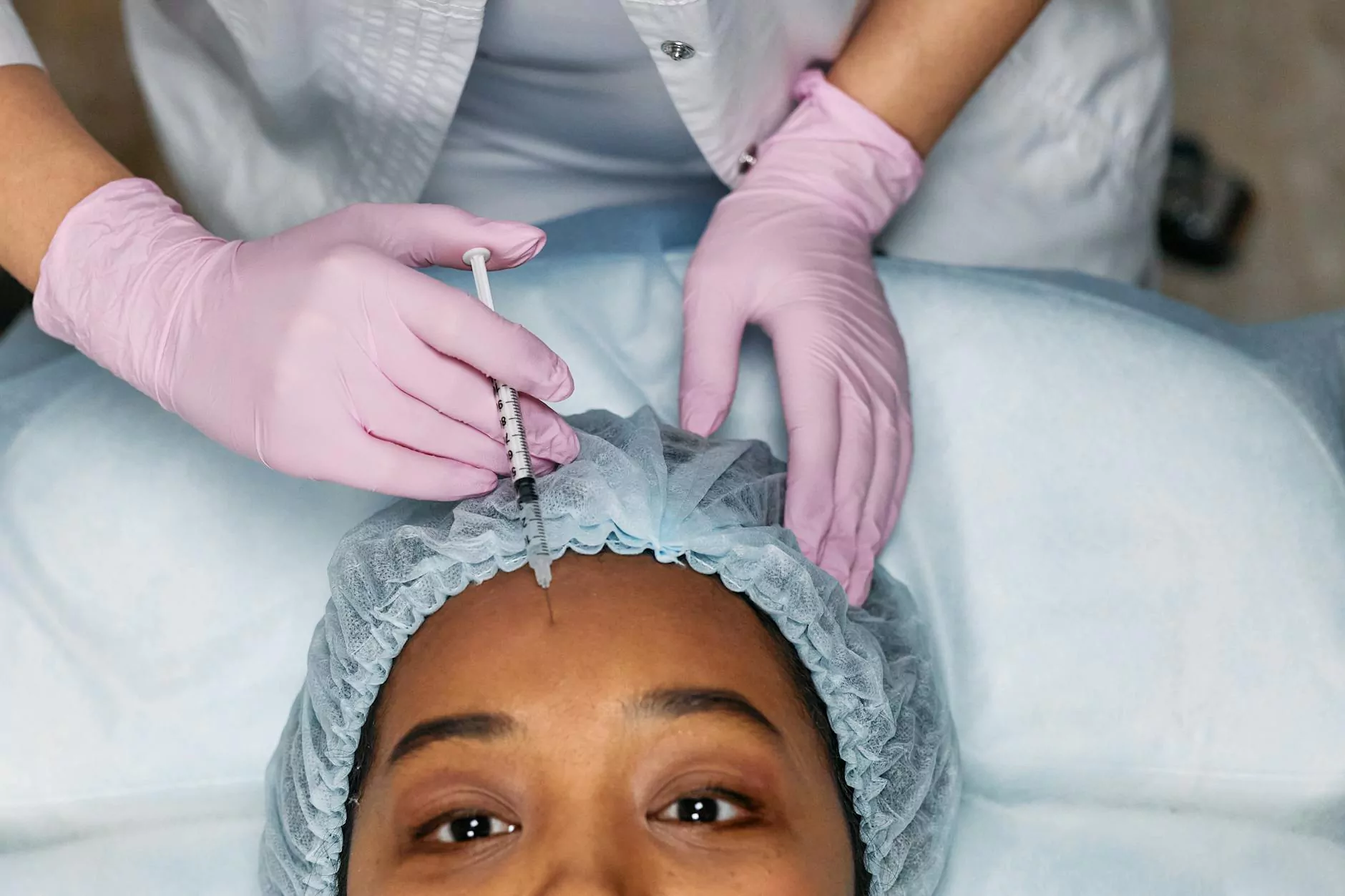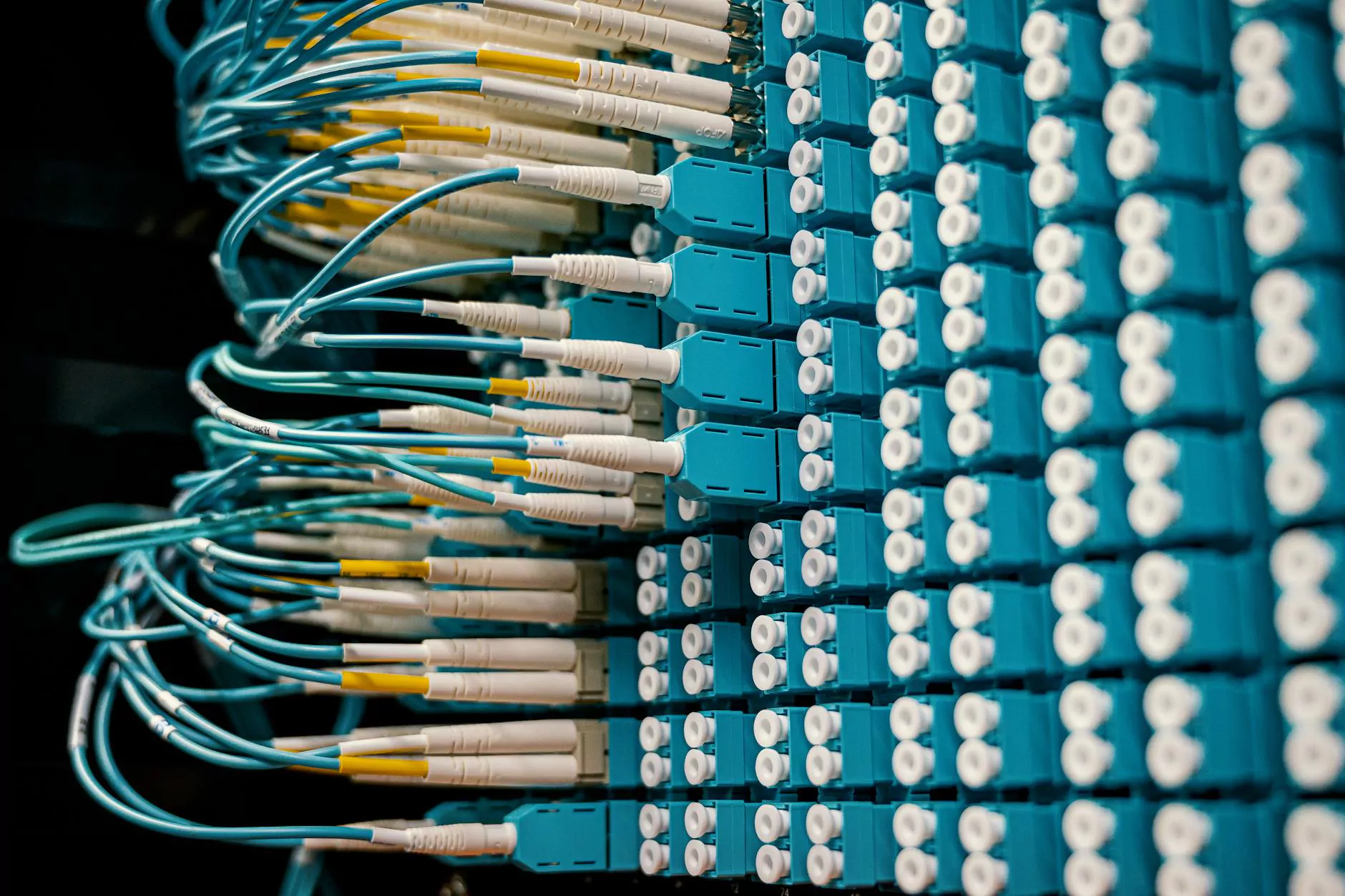Laparoscopic Salpingo Oophorectomy: A Comprehensive Guide to Women's Health

Laparoscopic salpingo oophorectomy is a minimally invasive surgical procedure that involves the removal of one or both of the ovaries and the fallopian tubes. This operation is crucial in the field of gynecology and is frequently recommended for numerous medical conditions. It is essential for patients to understand not only the procedure itself but also its implications for overall health and well-being. In this article, we will delve into the details of laparoscopic salpingo oophorectomy, the reasons it may be necessary, the procedure itself, possible risks, and the recovery process.
What is Laparoscopic Salpingo Oophorectomy?
Laparoscopic salpingo oophorectomy is performed using a laparoscope, which is a thin, lighted tube equipped with a camera. This technology allows surgeons to minimize incisions and reduce recovery time while maximizing visibility of the internal organs. The procedure can be performed for several reasons, including:
- Ovarian cysts: Non-cancerous fluid-filled sacs that can cause pain or discomfort.
- Endometriosis: A condition where tissue similar to the lining of the uterus grows outside of it, potentially causing severe pain.
- Ovarian cancer: When there is a suspicion or confirmation of malignancy, this procedure may be indicated.
- Torsion: Twisting of the ovary can lead to severe pain and potential loss of the ovary if not addressed promptly.
Understanding the Need for Procedure
Women may require a laparoscopic salpingo oophorectomy for various reasons, and understanding these reasons is vital for patients contemplating this surgery. Here are some common medical scenarios where this procedure may be indicated:
1. Management of Ovarian Cysts
In some cases, ovarian cysts can lead to significant symptoms, including pelvic pain and pressure. If cysts persist despite monitoring or cause complications, a laparoscopic salpingo oophorectomy may be recommended to alleviate symptoms or prevent rupture.
2. Treatment of Endometriosis
Endometriosis can significantly affect a woman's quality of life, contributing to pain and infertility. This procedure may be performed to excise endometrial tissue and improve symptoms.
3. Ovarian Tumors
When there is a suspicion of an ovarian tumor, either benign or malignant, a laparoscopic salpingo oophorectomy can be crucial for diagnosis and treatment. The procedure allows for tissue biopsy combined with the removal of affected organs.
The Laparoscopic Salpingo Oophorectomy Procedure
Preparation for Surgery
Prior to the procedure, patients undergo a thorough evaluation, including medical history, physical examination, and necessary imaging tests such as ultrasonography or CT scans. Patients are advised to refrain from eating or drinking for a specified period before surgery. It is also essential to discuss any medications currently being taken, as some may need to be adjusted.
During the Procedure
The laparoscopic salpingo oophorectomy is typically performed under general anesthesia. The procedure generally follows these steps:
- Anesthesia: Patients are placed under general anesthesia.
- Incisions: The surgeon makes small incisions in the abdomen, usually around 0.5 to 1.5 centimeters long.
- Laparoscope Insertion: A laparoscope is inserted through one of the incisions to allow visualization of the pelvic organs.
- Removal of Ovaries and Fallopian Tubes: The surgeon carefully detaches the ovaries and fallopian tubes from surrounding tissues and removes them through the incisions.
- Closure: The incisions are closed with sutures or adhesive strips.
Post-Operative Care and Recovery
Post-operative care is critical to ensuring a smooth recovery after a laparoscopic salpingo oophorectomy. Here’s what patients can expect:
Immediate Recovery
Patients are monitored in a recovery area for a few hours post-surgery. Most women can go home on the same day if there are no complications. Pain management is typically provided through oral medications.
Long-Term Recovery
While the recovery time varies depending on individual circumstances, many patients return to their normal activities within two weeks. However, physical activity should be limited, and heavy lifting should be avoided for at least 4-6 weeks. Regular follow-up appointments with a healthcare provider will be scheduled to monitor recovery.
Risks and Complications
As with any surgical procedure, laparoscopic salpingo oophorectomy carries some risks. Although complications are rare, it is essential for patients to be aware of them:
- Infection: May occur at the incision sites.
- Bleeding: Internal bleeding may require further intervention.
- Damage to surrounding organs: In rare cases, adjacent structures such as the bladder or intestines may be injured during surgery.
- Anesthesia risks: All surgical procedures involving anesthesia carry inherent risks.
Coping with Changes in Health Post-Surgery
After a laparoscopic salpingo oophorectomy, patients may experience emotional and physical changes, particularly if both ovaries are removed. Support groups, counseling, and discussions with healthcare providers can help manage these changes effectively. Hormonal changes may lead to symptoms similar to menopause, which can be addressed through hormone replacement therapy if necessary.
Conclusion
The laparoscopic salpingo oophorectomy is a vital surgical option for women facing specific gynecological issues. By understanding its purpose, procedure, and recovery, patients can make informed decisions about their health. As advancements in medical technology continue to evolve, it is essential for women to seek out skilled healthcare professionals and stay informed about their health options.
For more information regarding laparoscopic salpingo oophorectomy and other gynecological services, visit drseckin.com.









